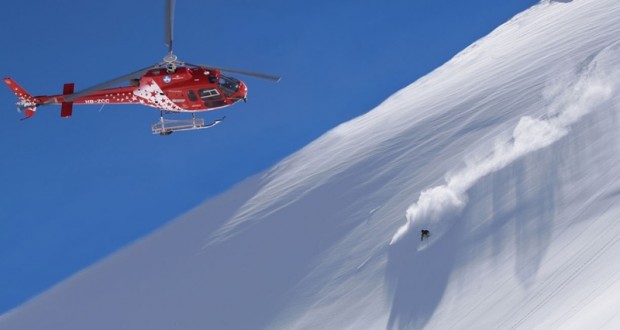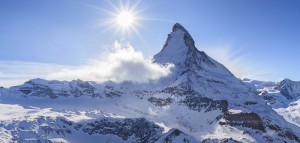The Swiss Alpine Club or the SAC is celebrating its 150th anniversary of the Matterhorn this year, but has the task of both protecting the mountain nature and promoting Alpine sports. But reconciling these confilicting aims can sometimes prove to be difficult since Zermatt is famous for both an exciting mountain activities and their sustainability to nature. Zermatt has many rare alpine nature such as flowers and wild life that they need to protect to sustain the environment around the mountains. But on the other hand, since Zermatt is becoming more and more famous as a skiing and hiking resort, they want more visitors to come and enjoy the area and see what Zermatt has to offer. The 150th anniversary of the Matterhorn is one of the biggest event that Zermatt is opening and with that event they are expecting many mountaineers who wants to hike up the wonderful mountains but in the other hand, Zermatt needs to keep the sustainability to allow visitors to enjoy the beauty of the alpine nature.
One debated example is whether to allow heli-skiing or flying people in to remote mountain sites to enjoy pristine powder slopes should be allowed. The Swiss Alpine Club or the SAC’s dilemma is neatly set out in its statues, on one hand, the club, promotes mountain sports as an experience for a wider public and on the other hand, it lobbies for the alpine environment’s sustainable development and preservation as well as for the culture associated with the mountains. The internal debate over heli-skiing has put local sections at loggerheads with the SAC’s central committee. In canton Valais, the sections have opposed the Federal Civil Aviation Office’s decision to ban heli-skiing in some areas above Zermatt, contrary to the comittee’s position.
Heli-skiing is one of the most popular activities and an important element in ensuring Zermatt has a diverse offer. If Zermatt stops the offer, they would lose guests with deep pockets meaning this would have consequences for mountain guides, helicopter companies, hotels, restaurants and even ski lifts. Trying to reconcile these two aspects is difficult. The SAC is not agains heli-skiing as such but do not want landing zones in protected areas even if they are prepared to discuss possible exceptions. Since Zermatt is both famous for wonderful and exciting snow activities and their sustainability, this is a very hard debate that can not be solved quickly.
The club’s central committee is caught between a rock and a hard place, There are the mountain region sections which want to essure the widest possible access to the Alps, and there are the urban ones which tend to have a more restrictive policy. For Daniel Anker, editor of Helvetia Club, a book published to coincide with the SAC’s 150th anniversary, this divided between urban and mountain sections is simply a mirror of society. The same split can sometimes be seen over political decisions, such as the recent vote on second homes, which was supported by a large majority in urban centers but rejected in Alpine toursit regions.


